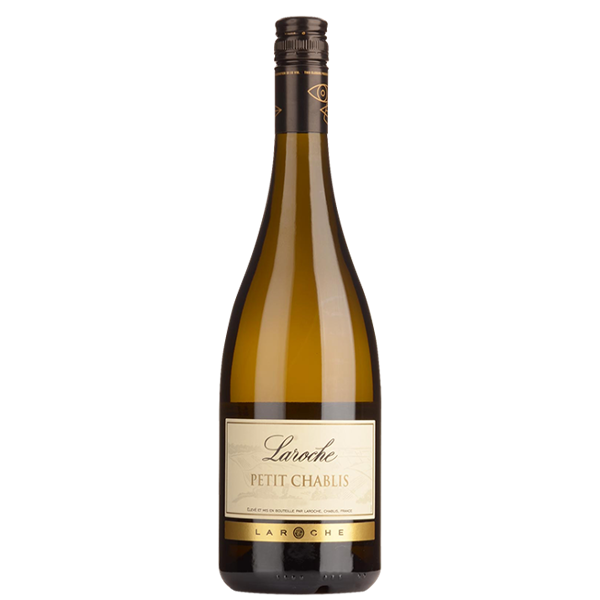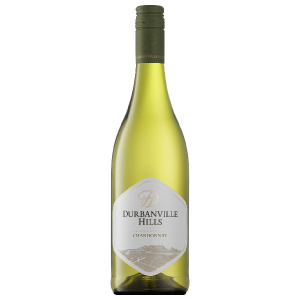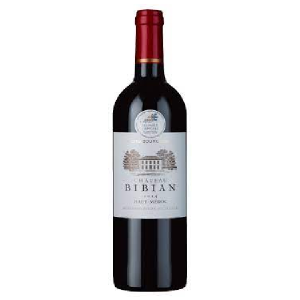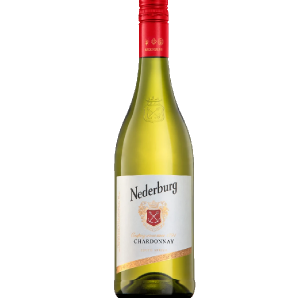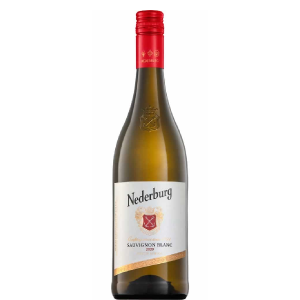View cart “Albert Bichot Petit Chablis” has been added to your cart.
The fruit for this Petit Chablis is sourced from local growers who work in close collaboration with the Laroche winemaking team. The average vine age is 26 years and the wine is aged for 6 months on fine lees in stainless-steel tanks.
Bright straw colour with a subtle greenish overtone to the edges and a watery hue. Elevated ripe pear and dried honey aromas mix with hints of lime, wet stone and faint notions of fresh herbs. A supple style the palate is detailed with fleshy pear, lime and light dried honey flavours which are carried by a stony mineral back drop. Subtle infusions of fresh herbs are also present on the brisk finish.
Grape – Chardonnay
Year – 2019
Related Products
-
DURBANVILLE HILLS CHARDONNAY
KES1,530Aromas of zesty citrus and butterscotch on the nose with hints of orange blossom and dried apricot. An elegant, well-balanced wine that fills the mouth with sweet fruit, orange zest, leading to a fresh finish.
Nine leading vineyard owners in the Durbanville district joined forces with Distell to create Durbanville Hills with the aim of promoting the regional individuality of this prime wine-growing area. The striking Durbanville Hills cellar sits on the side of a series of rolling hills with magnificent views of Table Mountain and Table Bay – the very geography that lies at the heart of what makes the wines so unique
-
Chateau Bibian Haut Medoc
KES4,100Médoc wines tend to be ruby in color, balanced and well-rounded on the palate with notes of cassis, cherries and earth, with firm tannins.
While most Bordeaux wines require aging, those labeled simply ‘Médoc’ tend to be lighter in style and more approachable in their youth.
-
NEDERBURG CHARDONNAY
KES1,520The Chardonnay grapes were sourced from top-performing vineyards in Darling and Stellenbosch. These are known as cool climate winegrowing areas, offering the benefit of slower ripening of the grapes to achieve greater flavour intensity. The vines are grown in granite and sandstone soils, resulting in grapes with higher natural acidity, adding to the vibrancy, freshness and longevity of the wine. The vines, ranging in age from 12 to 17 years, and situated on mostly south to south-westerly facing slopes, received supplementary drip irrigation. Grafted onto phylloxera-resistant rootstocks, Richter 99 and 101, the vines yielded an average of 8 to 10 tons per hectare. The Albariño grapes came from Stellenbosch, the Chenin blanc from Swartland, and the Gewürztraminer from Paarl.
-
NEDERBURG SAUVIGNON BLANC
KES1,420The grapes were sourced from top-performing vineyards situated in the Darling, Cape Town and Ceres districts, all cool climate winegrowing areas with the benefit of slower ripening of the grapes to achieve greater flavour intensity. The vines are grown in granite and sandstone soils, resulting in grapes with a zestier and higher natural acidity, which adds to the freshness and longevity of the wine. Open vineyard canopies bring about greater sunlight penetration of the grape bunches, contributing to more balanced acidity, in turn making the wine deliciously palatable.
Colour Crisp with a touch of lime green.
Bouquet Aromas of a highveld thunderstorm and flinty, grassy smell with zingy lemon and granadilla notes.
Palate Dusty flint with lemon zest and marmalade flavours can be found on a balanced, refreshing palate. Vivacious acidity is poised by juicy fruit nuances with some granadilla and tropical notes noticeable.

